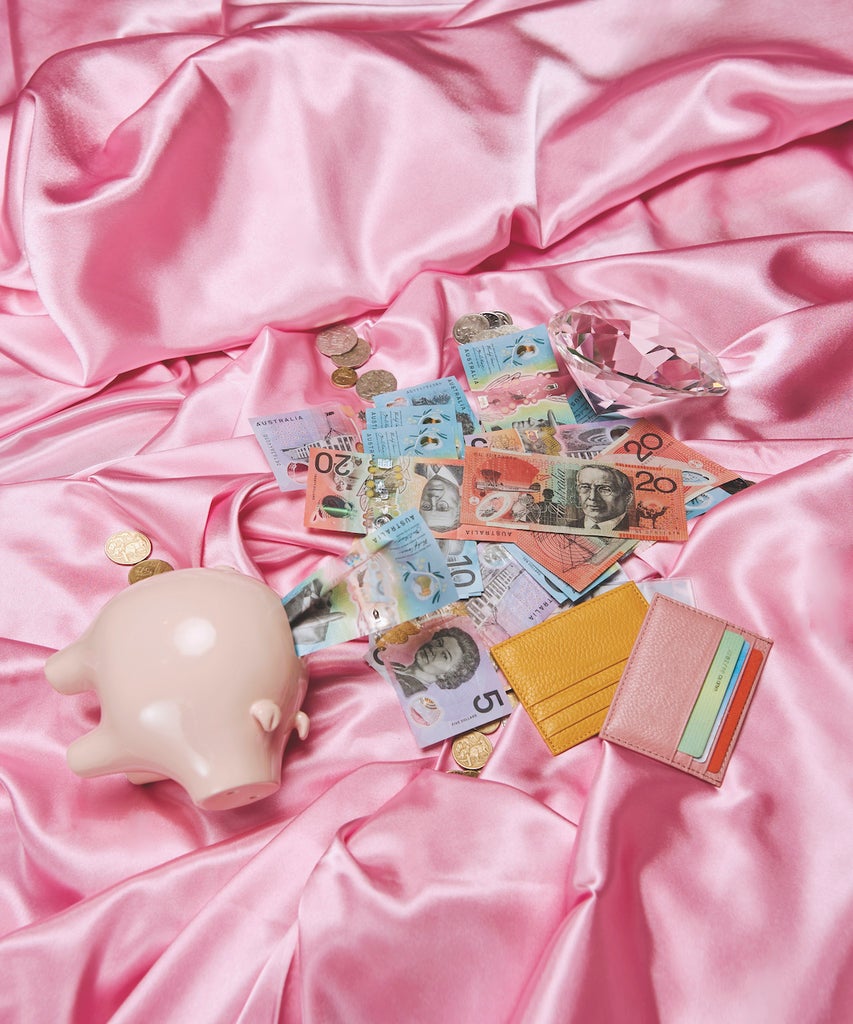
Financial saving has a PR problem. The concept of saving money is steeped in doom and gloom, with the thought of emergency funds and financial insecurities inciting fear and stress in many of us.
It’s hard not to feel overwhelmed by the state of our bank accounts as we barely keep our heads afloat under the cost of living crisis. With many of us dipping into our savings to manage mortgage repayments or rising rent prices, beefing up our savings doesn’t always take top priority.
There are numerous nifty savings hacks that people swear by — allowances, budgeting, kakeibo and buckets work for some, but are daunting for others.
But when stripped back, under all the buzz that new saving tips and tricks garner, is the very real desire for a financial safety net. Life happens, redundancies happen and breakups happen. Having a comforting wad of cash to cushion life’s curveballs is a privilege that can make all the difference.
A rainy day fund (also known as an emergency fund) is a sum of money that’s saved for unexpected costs, like medical bills, car repairs or a lost job. Most experts agree that this amount should cover your current living expenses for three-to-six months.
“Until fairly recently, the financial narrative has been quite negative and/or needs-based,” finance writer and podcaster Emma Edwards tells Refinery29 Australia. “Right from the dribbles of financial education we might pick up as kids (e.g. money doesn’t grow on trees or money is hard…), all the way up to the actual financial planning process that you might work on with a financial advisor (e.g. protecting yourself with savings, diversified investments and insurance).”
In a recent Reel, Edwards writes, “One of the most basic pieces of personal finance advice is to save for a rainy day. And it’s great, keep doing that. But what if we also save for a sunny day?”.
A sunny day fund is almost the opposite of a rainy day fund. It’s saving money for joyful occasions, or as Edwards puts it, it’s “money specifically for seizing opportunity”. “Where rainy day savings offer protection, sunny day savings offer permission,” she says. “Permission to do things without having to wait for the timing to be right, or without having to wait until you’ve crunched the numbers.”
Money is an enabler of great opportunities. In the same breath, it can also be the inhibitor of experience. A party invite might be soured by the cost of transport to get there and home. A date offer may have to be rejected because of how much the night will cost. A friend’s birthday might be riddled with nerves, knowing you didn’t have the cash to cough up a good gift.
The idea of saving up money for spontaneous and fun outings might not seem feasible for many people. The very real and looming threat of due bills and other life necessities takes priority. It’s why Edwards views sunny day funds as a perspective, rather than a financial strategy.
“It’s about associating money with joy, as much as we associate it with disaster.”
emma edwards
“It’s more of a way of looking at the function of money, as something that — when possible — can be used for positive things as well as negative things. It’s about associating money with joy, as much as we associate it with disaster. it’s about making a sunny day fund as commonplace in the financial conversation as the rainy day narrative,” Edwards shares.
Even when money is used for hits of happiness (like retail therapy) it’s often without the mindfulness that a sunny day fund encourages. Instead of blowing out your account balance impulsively on spur-of-the-moment purchases, a sunny day fund is something that you’ve consciously saved for over a period of time.
Each person’s sunny day fund will look different and Edwards stresses that you can start small. “Sunny day savings don’t have to be for huge trips overseas. It can be a case of being able to say yes when a friend says they’ve been offered free tickets to a concert last minute, so you go along and have a couple of drinks or dinner. Or being able to take a day of unpaid leave to rest, or something like that,” she says.
In action, this looks like actively splitting up your current saving plan and keeping rainy day and sunny day savings separate. “Whether you’ve got £1,000 saved and you move £100 into your sunny day fund, or you’re currently putting away £100 a month and you divert £20 of that to your sunny savings, it’s that shift in how you view your savings,” says Edwards.
It’s not so much about the amount, rather than the mindset. She adds that studies have shown that having an emotional connection with our savings leads us to save more. “It’s much more motivating to emotionally connect to saving for positive things than it is to save for negative things,” she adds.
There needn’t be an end goal that you’re working towards. That’s the beauty of a sunny day fund — it’s there for the unexpected moments. During one of the lockdowns, I started a sunny day fund myself. There weren’t any dopamine-spiking outlets I could throw money at; no nights out, concerts or meals in my near future, so I created a savings account purely for post-lockdown enjoyment.
I would’ve probably spent that money anyway once establishments started opening up, but knowing that I had purposefully saved for it gave me two things: the cocktail special I had my eye on and a sense of smug satisfaction that I had budgeted for it.
Please note that this information is general in nature and shouldn’t be construed as financial advice.
Like what you see? How about some more R29 goodness, right here?
A Shopaholic’s Guide To Saving Money